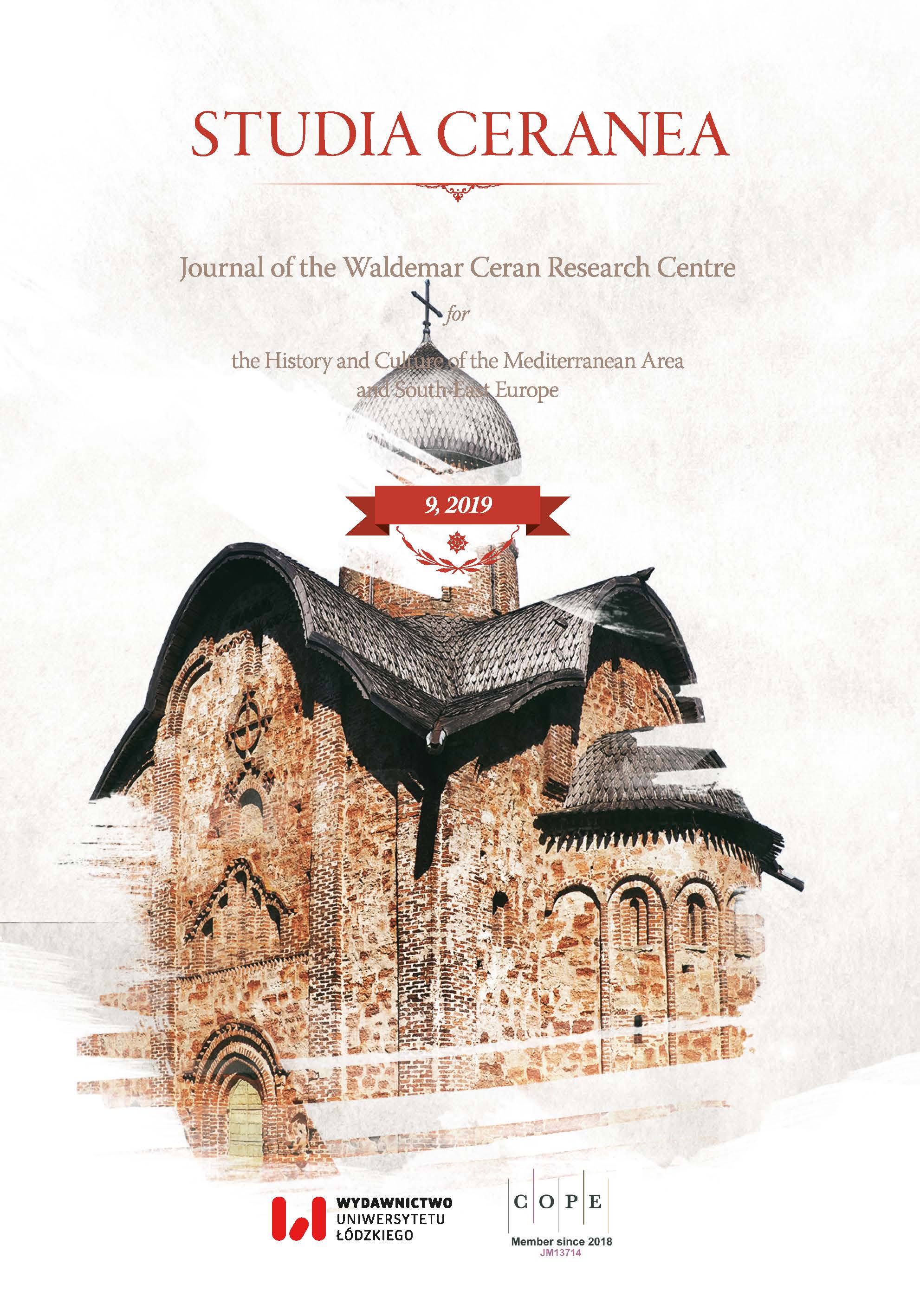The Relief on the Door of the Msho Arakelots Monastery (1134) as a Source for Studying Arms and Armour of Medieval Armenian Warriors
The Relief on the Door of the Msho Arakelots Monastery (1134) as a Source for Studying Arms and Armour of Medieval Armenian Warriors
Author(s): Dmytro DymydyukSubject(s): Military history, Middle Ages
Published by: Wydawnictwo Uniwersytetu Łódzkiego
Keywords: Armenia; Bagratids; Msho Arakelots; relief; military history; sleeve cross-guard; Byzantine Empire; Muslim world; weapon; armour
Summary/Abstract: Byzantium’s arms and armours were researched by many historians. For that reason, the military history of the medieval Roman Empire enjoyed a dominant position in medieval historiography, with the consequence that very often the military history of small nations (under Roman influences) was written from the perspective of the Eastern Romans historians. The aim of the paper is to change this perspective and give the subject of the medieval Armenian military the attention it deserves. The idea is to perform an analysis of the relief on the Door of the Msho Arakelots monastery, where four equestrians and one infantryman are depicted, and to compare it with other Armenian, Byzantine and Muslim sources. In this relief, a spherical mace head and a sword with sleeve cross-guard are represented, suggesting many parallels with East-Roman archaeological and figurative sources. No less important is the depiction of the military trumpet because it is the first image of this object in Armenian art, which can be compared with pictures from the Madrid Skylitzes (13th c.). In addition, the only defensive weapon which is presented in this relief is a round shield with a floral ornament. There are many depictions of round shields in Armenian miniatures and reliefs from 10th–11th c. Moreover, this relief is one of the few where stirrups and the chape of a scabbard are shown. These elements represent an important piece of information because these pictures can be compared with actual archaeological East-Roman artefacts to reconstruct their real look. The conclusions are that the majority of Armenian weapons bear similarities to Byzantine ones but no less important are the Muslim influences, which have been found in some cases. Located between two civilizations (Byzantium and the Muslim Potentates), Armenians adopted the best solutions of their military technologies, creating their own culture. Moreover, thanks to this comparative analysis, further support will be given to the idea that medieval figurative sources are more or less accurate material for studying medieval military history.
- Issue Year: 2019
- Issue No: 9
- Page Range: 207-250
- Page Count: 44
- Language: English

